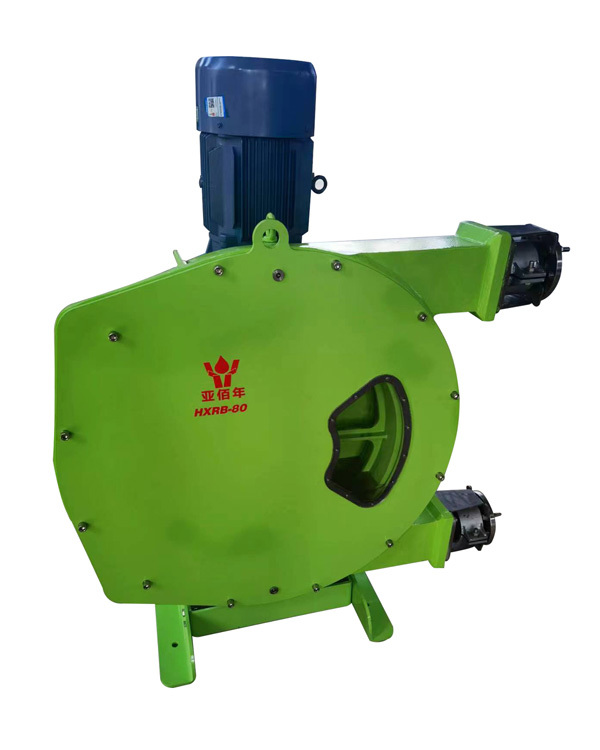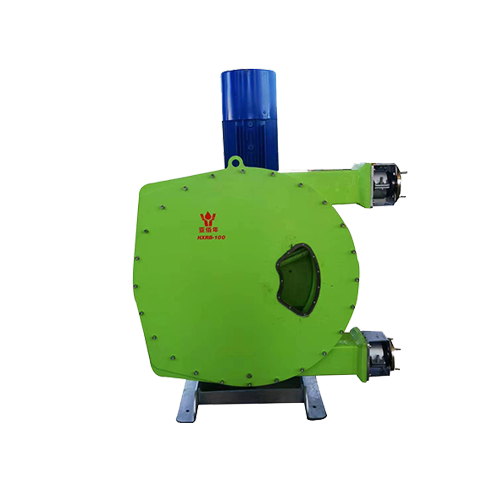Maximizing Efficiency: A Comprehensive Guide to Peristaltic Pumps for Abrasive Fluids
Mar 29,2025

In industrial settings, the transportation of abrasive fluids can present significant challenges. Containing solid particles or corrosive elements, these fluids require a specialized pumping solution to maintain efficiency and prevent equipment damage. Enter the peristaltic pump—a versatile tool designed with the unique needs of abrasive fluid handling in mind.
Peristaltic pumps operate using a simple yet effective mechanism. They consist of a flexible tube housed within a casing. As rollers or shoes rotate around the tube, they create a vacuum that draws fluid into the tube and subsequently pushes it forward. This action minimizes shear stress and is particularly beneficial for abrasive fluids, as it reduces the risk of damage to both the pump and the fluid itself.
One of the standout features of peristaltic pumps for abrasive fluids is their self-priming capability. This design allows the pump to operate effectively even when encountering varying fluid levels, which is particularly useful in applications where fluid viscosity can change. Additionally, the ability to run dry without incurring damage makes these pumps ideal for processes where fluid availability may be inconsistent.
Another critical advantage of using peristaltic pumps is their ease of maintenance. Since the only part that contacts the fluid is the tube, replacing worn-out components is straightforward and cost-effective. This feature not only prolongs the lifespan of the pump but also ensures that operational downtime is minimized.
When selecting a peristaltic pump for abrasive fluids, it is essential to consider the construction materials. Options such as reinforced elastomers or specialized polymers can enhance the pump's resistance to wear and tear from abrasive particles. Additionally, pumps with adjustable flow rates provide flexibility in handling different fluid types and operational requirements.
Safety is another significant concern when dealing with abrasive fluids. Peristaltic pumps mitigate risks by providing a closed system, which helps prevent leaks and spills. This containment is crucial for maintaining a safe working environment and minimizing the environmental impact of any potential fluid transfer.
In conclusion, peristaltic pumps prove to be an excellent choice for the handling of abrasive fluids in industrial applications. Their robust design, ease of maintenance, and safety features make them a reliable option for businesses looking to enhance their fluid transfer processes. By understanding the capabilities and advantages of these pumps, companies can improve operational efficiency and reduce the risk of equipment failures, ensuring a smoother workflow in their industrial operations.
Peristaltic pumps operate using a simple yet effective mechanism. They consist of a flexible tube housed within a casing. As rollers or shoes rotate around the tube, they create a vacuum that draws fluid into the tube and subsequently pushes it forward. This action minimizes shear stress and is particularly beneficial for abrasive fluids, as it reduces the risk of damage to both the pump and the fluid itself.
One of the standout features of peristaltic pumps for abrasive fluids is their self-priming capability. This design allows the pump to operate effectively even when encountering varying fluid levels, which is particularly useful in applications where fluid viscosity can change. Additionally, the ability to run dry without incurring damage makes these pumps ideal for processes where fluid availability may be inconsistent.
Another critical advantage of using peristaltic pumps is their ease of maintenance. Since the only part that contacts the fluid is the tube, replacing worn-out components is straightforward and cost-effective. This feature not only prolongs the lifespan of the pump but also ensures that operational downtime is minimized.
When selecting a peristaltic pump for abrasive fluids, it is essential to consider the construction materials. Options such as reinforced elastomers or specialized polymers can enhance the pump's resistance to wear and tear from abrasive particles. Additionally, pumps with adjustable flow rates provide flexibility in handling different fluid types and operational requirements.
Safety is another significant concern when dealing with abrasive fluids. Peristaltic pumps mitigate risks by providing a closed system, which helps prevent leaks and spills. This containment is crucial for maintaining a safe working environment and minimizing the environmental impact of any potential fluid transfer.
In conclusion, peristaltic pumps prove to be an excellent choice for the handling of abrasive fluids in industrial applications. Their robust design, ease of maintenance, and safety features make them a reliable option for businesses looking to enhance their fluid transfer processes. By understanding the capabilities and advantages of these pumps, companies can improve operational efficiency and reduce the risk of equipment failures, ensuring a smoother workflow in their industrial operations.
Contact Us
E-mail :
sales@yaquanpump.com
service@yaquanpump.com
Phone/WhatsApp:
+44 7301702546
+63 9452052801
Address:
Room B208, Building 2, North Hongqiao Songri Center, No.215 Gaochao Road, Jiading District, Shanghai









